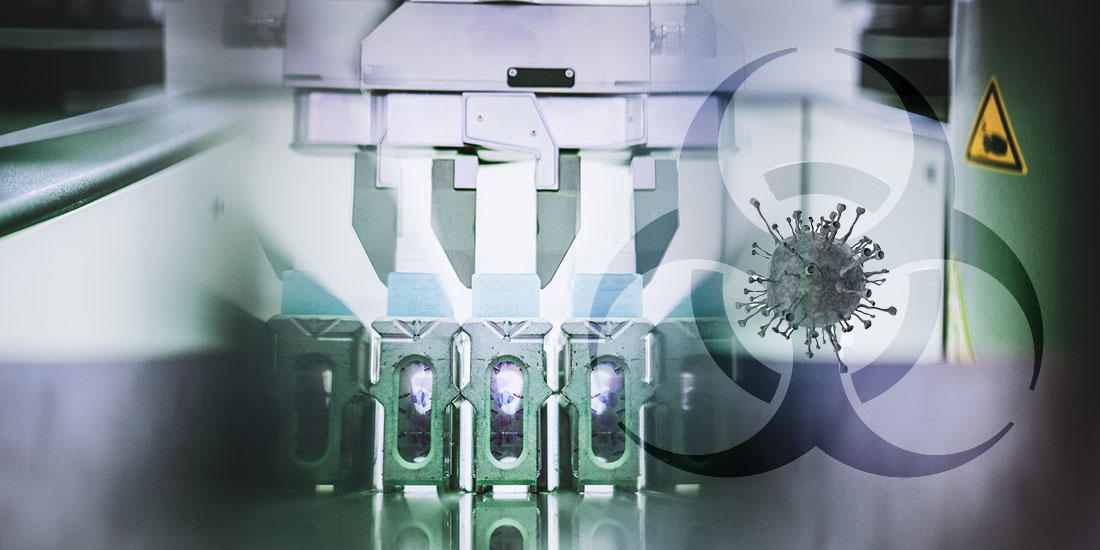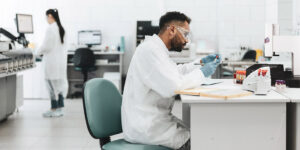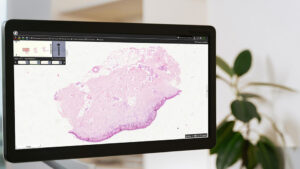Synopsis
As technology and science are advancing, the role of digital pathology in disease outbreaks and bioterrorism is critical. Advances in pathology with the growing digitization needs have brought about a whole new understanding of diseases and the way medical professionals respond to outbreaks. You are now equipped to conduct in-depth research to gain a comprehensive understanding of disease outbreaks and bioterrorism threats, thereby improving the awareness and preparedness of authorities and the public. Today, explore the role pathology plays in the challenges posed by bioterrorism and disease outbreaks. We will also see how pathologists contribute to the quick and effective addressing of these threats.
Understanding and Preventing Life-threatening Situations
Pathology plays an important role in understanding, responding to, and preventing disease outbreaks, whether naturally occurring or intentional. Furthermore, the world is witnessing unprecedented scientific progress fueling the growing understanding of the causes and consequences of pathogens and diseases. Digital pathology actively works to combat natural disease outbreaks and potential bioterrorism threats, while exploring the causes and effects of disease.
Role of Digital Pathology During Natural Disease Outbreaks
During an outbreak, pathologists identify pathogens, characterizing their pathogenicity, and determining how they spread. Additionally, they identify clusters or trends in patient populations that may be caused by infectious agents and lay the foundation for emerging disease outbreaks. During infectious disease outbreaks such as COVID-19, pathologists analyze samples to identify specific pathogen strains, allowing public health authorities to implement targeted control measures such as vaccination campaigns and quarantine programs. Rapid diagnosis and characterization of disease through pathology prevents the spread of infection within a community.
Detecting and Identifying Pathogens
Digital pathology is the backbone of disease monitoring and diagnosis. During an outbreak, as a pathologist, you are on the front lines, quickly identifying pathogens. You can use a variety of techniques such as molecular biology, serology, and microscopy to identify pathogens, as understanding the genetic makeup of pathogens is crucial to developing effective treatments and vaccines.
Disease Progression and Severity
You are also responsible for monitoring disease progression in affected individuals and populations. Procedures such as autopsy or post-mortem analysis can reveal pathophysiological mechanisms behind severe disease outcomes. This knowledge helps design therapeutic interventions and improve patient care during the pandemic.
Epidemiological Insights
Pathology data are important for building epidemiological models. By analyzing tissue samples, pathologists provide epidemiologists with important information about the dynamics of disease transmission, incubation periods, and the overall impact of the disease. This information is crucial for predicting the course of the epidemic and implementing effective public health measures.
Use of Digital Pathology in Bioterrorism
Digital pathology also plays an important role in bioterrorism preparedness and response. It provides advanced tools and technologies to detect, analyze, and mitigate the effects of bioterrorism attacks. Bioterrorism involves the intentional release of biological agents to cause harm, and digital pathology is dramatically improving the ability to respond effectively to this threat. In 2003, a letter containing ricin, a highly toxic protein extracted from castor beans, was intercepted in the United Kingdom. Digital pathology helped in analyzing tissue samples and identifying the presence of ricin in affected individuals. Rapid diagnosis and sharing of diagnostics help combat bioterrorism threats.
Early Detection and Response
Digital pathology facilitates early detection and response. It is trained to recognize unusual patterns in disease so you can quickly distinguish between natural outbreaks and intentional bioterrorism attacks. This expertise can prevent the spread of fear and misinformation.
Identifying the Agent
Your responsibility is most important during a bioterrorism incident, as you must identify the specific biological agent used. This involves analyzing tissue samples and isolating the pathogen causing the disease. Rapid identification aids in developing countermeasures and containing threats.
Understanding the Impact
Digital pathology helps assess the extent of damage caused by bioterrorism. It analyzes pathological changes in affected individuals to understand the consequences of exposure to biological agents. This information can guide the development of treatment options and public health strategies.
A Combined Effort
Whether it’s a natural disease outbreak or a bioterrorism incident, interdisciplinary collaboration is crucial. The medical fraternity, including epidemiologists and microbiologists, must work together with public health officials, and law enforcement agencies to collect and analyze data. This interdisciplinary collaboration ensures a comprehensive response to any disease threat. Pathology plays a global role in disease surveillance and response. International cooperation is also vital during emerging infectious diseases and bioterrorism. Organizations such as the World Health Organization (WHO) and the Centers for Disease Control and Prevention (CDC) rely on pathology to provide accurate information and coordinate global responses to health crises.
Conclusion
Pathology is critical in dangerous and life-threatening situations such as bioterrorism and disease outbreaks. Advances and breakthroughs in science and technology have fueled the development of digital pathology, becoming an increasingly indispensable subspecialty during such testing times. Its importance has grown steadily over time. Digital pathologists use cutting-edge tools and technologies to implement specific actions designed to effectively respond to and mitigate the impact of disease outbreaks and bioterrorism threats. In natural disease outbreaks, pathogen discovery and identification, progression and severity studies, and epidemiological insights push the successful implementation of appropriate disease response and control measures. Bioterrorism incidents require early detection and response to minimize consequences. As a trained pathologist, you will often recognize abnormal patterns and initiate a more thorough investigation to prevent further damage. Identifying pathogens and understanding their impact is also crucial. In these cases, interdisciplinary collaboration is no exception. Through digital pathology, international collaboration can enable early detection of emerging diseases. Pathologists share expertise, data, and samples to help develop a more complete understanding of emerging pathogens and their potential threats to global health. They work together to develop coordinated responses to disease outbreaks and bioterrorism threats. This includes sharing diagnostic and treatment protocols, ensuring consistency in data analysis, and coordinating surveillance efforts. Collaboration in pathology helps build global surveillance and early warning systems. This ensures timely detection of disease outbreaks and bioterrorism threats, thus reducing the possibility of their spread.











